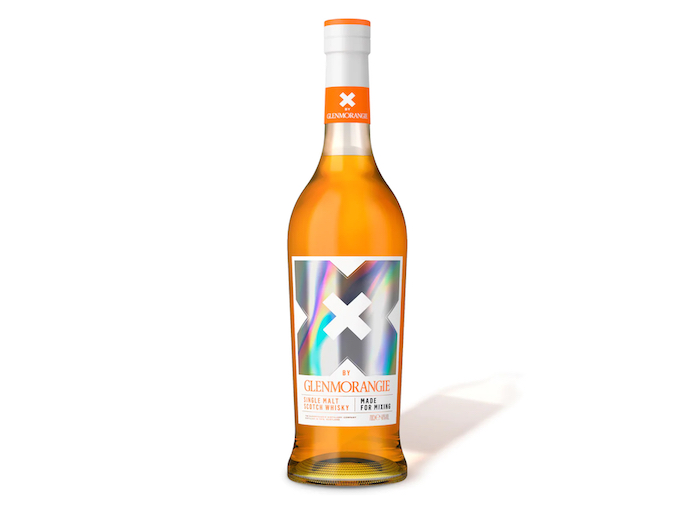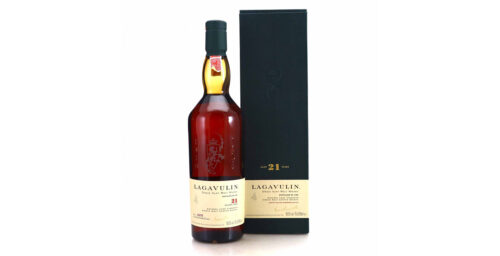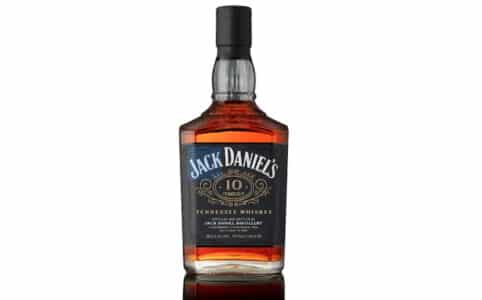In his 2014 book Whisky: The Manual, the excellent whisky writer Dave Broom takes a lot of time, effort, and pages to conduct an experiment with heretical implications. He gathers a selection of 102 whiskies, applies six different mixers to each one, and takes detailed notes on the organoleptic results. The selection includes single malts and blends from Scotland, Ireland and Japan, as well as bourbons and ryes amongst others.
While mixing things like Jack Daniels or blended Scotches with mixers is not a novelty, doing so with single malts, a practice normally regarded with scorn by whisky geeks, is now happening on a larger scale than Broom’s book.
The best examples at the moment? Peated single malt Scotch whisky brand Smokehead now offers the first ever pre-mixed single malt in a can, with two drinks combining its whisky with cola as well as ginger lime. Highland single malt distillery Glenmorangie also sells a new single malt, simply titled ‘X’, which may be the first created and marketed with the specific purpose of having mixers added to it.

Other single malt brands were already heading in similar directions. Following on from a craze that began in Japan, some single malt Scotch brands have promoted highballs (whisky and soda water), following in the footsteps of many other blended whiskies. This includes Glenfiddich, Glen Grant and newcomer Nc’nean,
Broom is also responsible for a drink that is unofficially pushed hard by Diageo’s whisky brand ambassadors, and is now well known within the whisky community – the Smokey Cokey: Lagavulin and coca-cola.
This recent push to make single malts accessible is a reflection of the category’s success – the single malt Scotch market, and the proportion of the overall global Scotch market it occupies, is growing rapidly. This means brands want to shape changing perceptions about the category, especially as new budget-friendly single malts are released in larger quantities. The Glenlivet Founder’s Reserve is a good example of this.
Though historically Scotch single malt is a signifier for luxury or an aspirational lifestyle choice, Glenmorangie X and the Smokehead cans are more ambitious forays to make the category a hip and affordable casual liquor, presenting consumers with a tempting alternative to gin and vodka. If someone is willing to pay pretty good money for nice gin, why not a single malt whisky? However, it also means stepping into territory occupied by other whisky brands. Smokehead may be the first canned single malt, but it is far from the first whisky brand to offer a canned mixer offering.
Whisky Magazine editor Christopher Coates outlines this conundrum as the single malt market goes through these big changes: “By pushing highballs and whisky mixers as a viable alternative to beer or wine, single malt brands can try to compete in spaces previously reserved for blends, while also piggybacking on the category’s more premium cachet.”
Ultimately, if Scotch single malt as a category is to gather up demand as a casual drink, it would do well to follow the example of Jack Daniel’s in the 1960’s and 70’s. Back then, it was only available on allocation, and it still is marketed as first outlined in an internal one-page marketing memo from 1955 — as a product “made by real people in an out-of-the-way place”. From this successful campaign musicians, rock stars, and other famous figures gravitated to it during a time of wide social, economic, and cultural upheaval.
It is not hard to see how that past example could therefore translate itself into a modern context for single malts. If Smokehead and the Glenmorangie X are received with a resounding success, expect to see more canned single malts announced by other brands soon.








